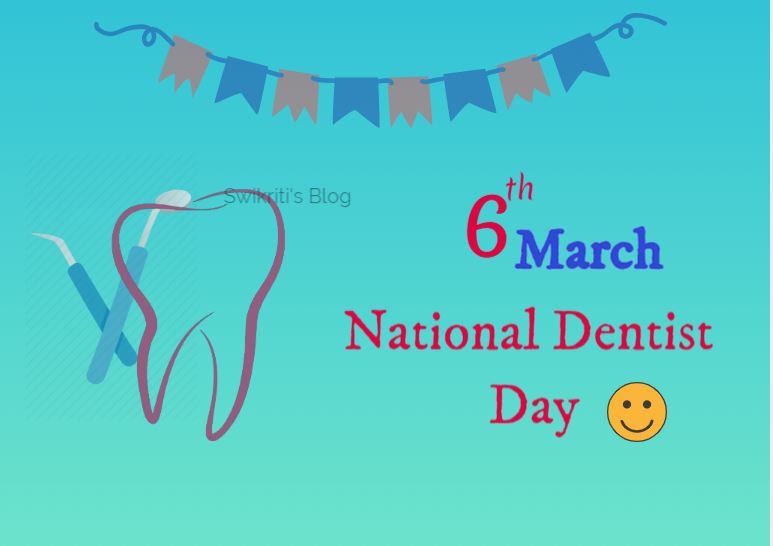Tobacco has long been associated with a variety of health hazards, yet millions of people around the world continue to use it. The allure of smoking can be strong, and it’s essential to understand the many dangers it poses. In this blog post, we will delve into the toxic trails left by tobacco use and explore the various health risks it entails.
The Tobacco Epidemic
Tobacco consumption has been an enduring global challenge for public health. It’s one of the leading causes of preventable death and disease worldwide. Despite the well-documented risks, people from all walks of life continue to fall into the clutches of tobacco addiction. Let’s explore ten significant hazards of tobacco use.
1. Cancer Risk
One of the most widely recognized and frightening hazards of tobacco use is the heightened risk of cancer. Smoking is associated with an increased likelihood of lung, throat, mouth, esophageal, and many other types of cancer. The carcinogenic substances in tobacco, such as tar and benzene, wreak havoc on the body’s cells, triggering the uncontrolled growth that characterizes cancer.
2. Respiratory Problems
Smoking isn’t just about the danger of cancer; it also significantly impairs the respiratory system. Over time, the toxic compounds in tobacco smoke damage the lungs and reduce lung function. Chronic conditions like chronic bronchitis and emphysema become a part of a smoker’s life, leading to breathlessness and a persistent cough.
3. Heart Disease
Tobacco’s harmful influence extends to the cardiovascular system. Smoking is a major risk factor for heart disease, including coronary artery disease, heart attacks, and strokes. Nicotine, a key component of tobacco, constricts blood vessels and elevates blood pressure, putting undue stress on the heart.
4. Addiction
Nicotine is one of the most addictive substances known to humanity. It quickly takes hold of those who use tobacco, creating a strong dependence that can be extraordinarily challenging to overcome. The addictive nature of tobacco is a significant barrier for individuals looking to quit.
5. Pregnancy Complications
Tobacco use during pregnancy is especially hazardous. It increases the risk of miscarriage, premature birth, low birth weight, and birth defects in newborns. These consequences are a harsh reality for pregnant women who continue to smoke.
6. Oral Health Problems
Smokers face a higher risk of gum disease, cavities, and even oral cancer. The heat and chemicals in smoke can be tough on the mouth’s delicate parts. In places like Midland, Texas, smokers might even need extra dental help, like getting replacement teeth, all because of smoking’s damage.
7. Aging Effects
Smoking accelerates the aging process. Over time, it leads to premature wrinkles, skin aging, and a higher likelihood of developing age-related health issues. The toxic trails of tobacco are etched onto the skin, prematurely aging those who indulge.
8. Secondhand Smoke
Tobacco’s dangers don’t stop at the individual who smokes. Secondhand smoke is equally hazardous. Exposure to secondhand smoke can lead to respiratory infections, worsen existing asthma conditions, and increase the risk of heart disease in non-smokers.
9. Reduced Immunity
The toxic components of tobacco smoke weaken the immune system. Smokers are more susceptible to infections and illnesses, and their ability to fight off diseases is compromised. The trail of reduced immunity makes them more vulnerable to various health challenges.
10. Environmental Impact
The hazards of tobacco use aren’t limited to human health; they extend to the environment as well. Cigarette butts, made of non-biodegradable materials, are one of the most littered items in the world, contributing to environmental pollution. Moreover, the chemicals from tobacco smoke can contaminate the air, water, and soil, impacting the environment in subtle but significant ways.
The Complexity of Quitting
Quitting tobacco is an arduous journey, often requiring considerable willpower, support, and resources. The grip of addiction, both physical and psychological, can be formidable. Many individuals attempt to quit multiple times before succeeding. It’s crucial for those who want to break free from the toxic trails of tobacco to seek help and develop a support system.
Protecting Future Generations
Preventing tobacco use among young people is a key strategy for reducing the prevalence of tobacco-related illnesses. Initiatives such as educational campaigns, stricter tobacco sales regulations, and graphic warning labels on cigarette packages can dissuade young individuals from starting to smoke. By preventing early initiation, we can protect the health of future generations.
The Road to a Smoke-Free Future
Efforts to reduce tobacco use have made significant strides in many parts of the world. Smoking rates have declined in response to public health campaigns, smoking bans, and increased awareness of the dangers of tobacco. However, there is still much work to be done to navigate these toxic trails to a smoke-free future.
Conclusion
Tobacco use leaves behind toxic trails that can affect every aspect of health, from the cellular level to the environment. The hazards of tobacco use, including cancer, heart disease, and addiction, are well-documented, yet the grip of tobacco addiction remains a challenge for many.
It’s crucial to continue raising awareness about the dangers of tobacco and providing support for those seeking to quit. The ultimate goal is to protect the health of current and future generations and reduce the impact of this enduring public health challenge.














